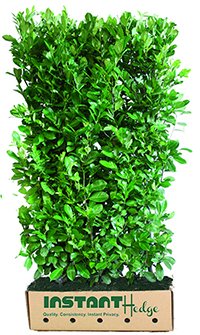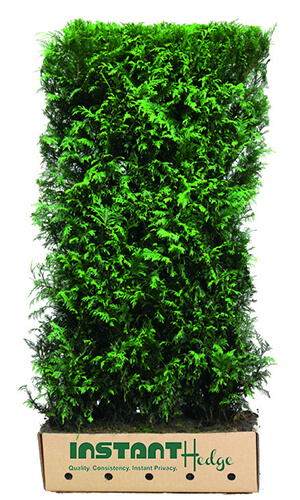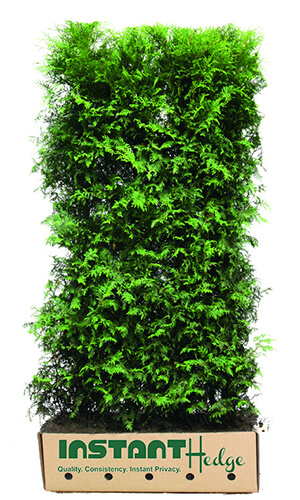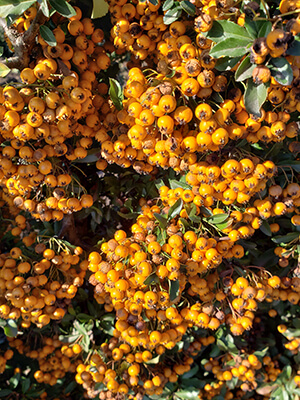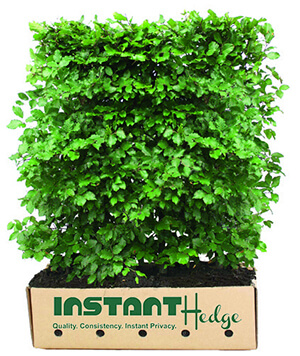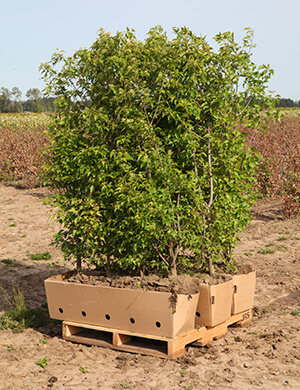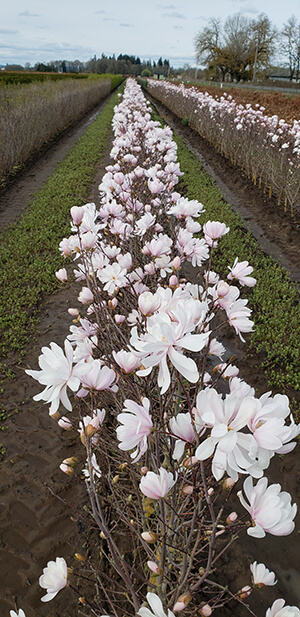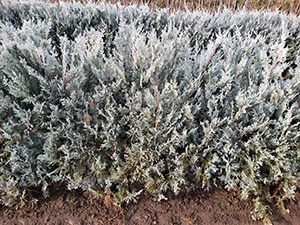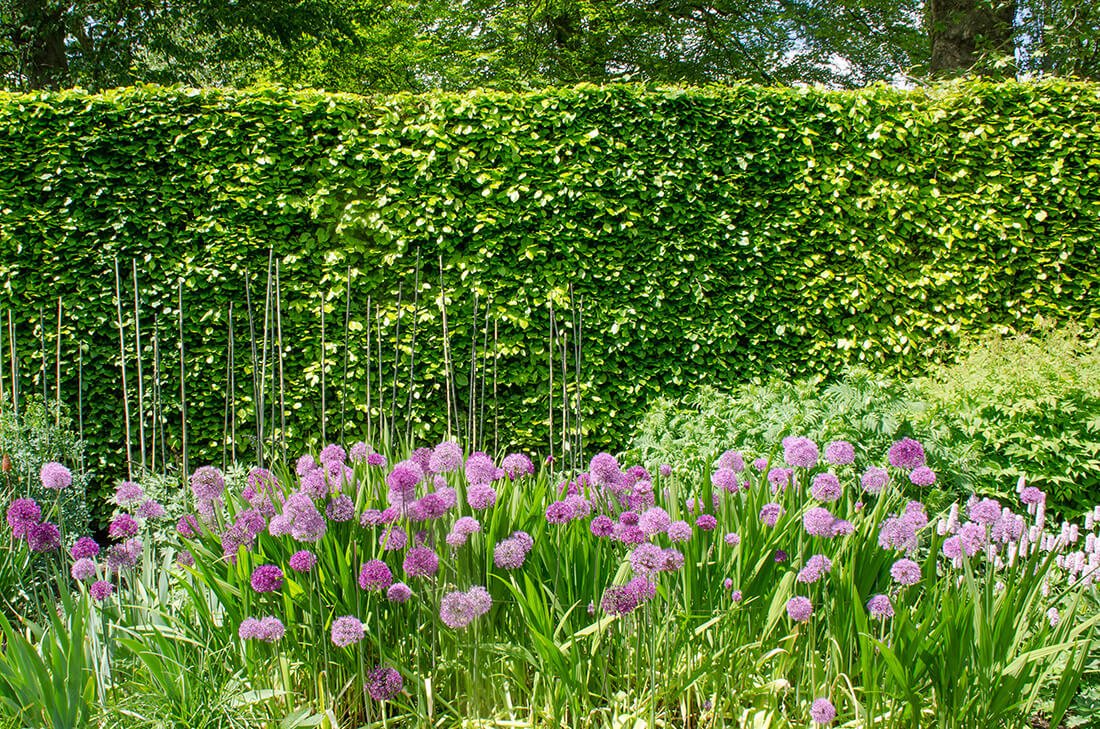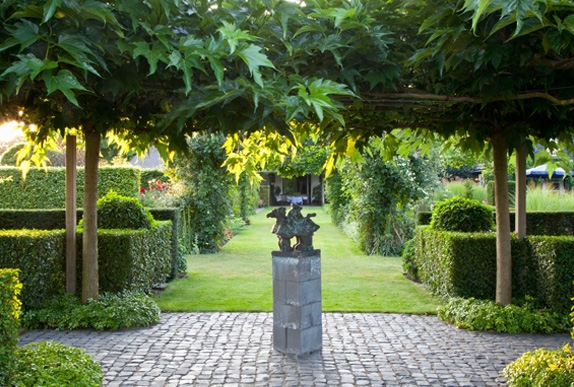JUNE 2020 – OKLAHOMA CITY, OK RESIDENCE
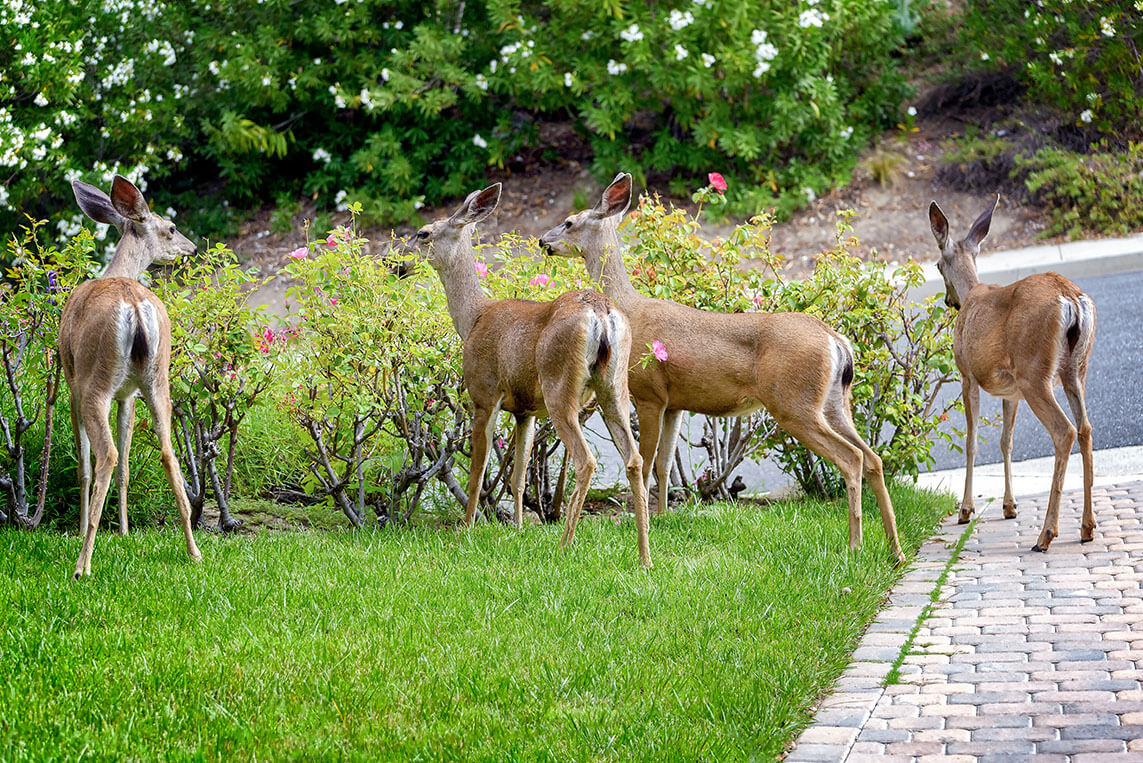
Top 10 Deer – Resistant Hedges
Many of us battle daily with large resident deer populations that love to devour our rose bushes, fruit trees, and generally our favorite and most prized plants. While some small things can be protected with fencing or deer-repellant spray, these defenses are simply not practical for protecting long hedges.
Fortunately, we grow a selection of deer proof hedges as well as hedges that deer just don’t prefer to eat unless they are really hungry. Not only does planting a deer-resistant hedge keep them from eating the hedge itself, but planting a tall hedge around the rest of your garden will help keep the deer away from everything else, as they prefer not to jump over borders that they can’t see over. This will also help protect small trees that they like to rub on even if they don’t care to eat them.
These are our top 9 deer-resistant hedges:
Deer-Proof Hedges
Disclaimer: we can’t really promise that anything is fully “deer-proof”, as some deer have different tastes and very hungry deer will be a lot less picky. Based on our experience, though, these five are about as close to deer resistant shrubs as you can get:
Green Mountain Boxwood
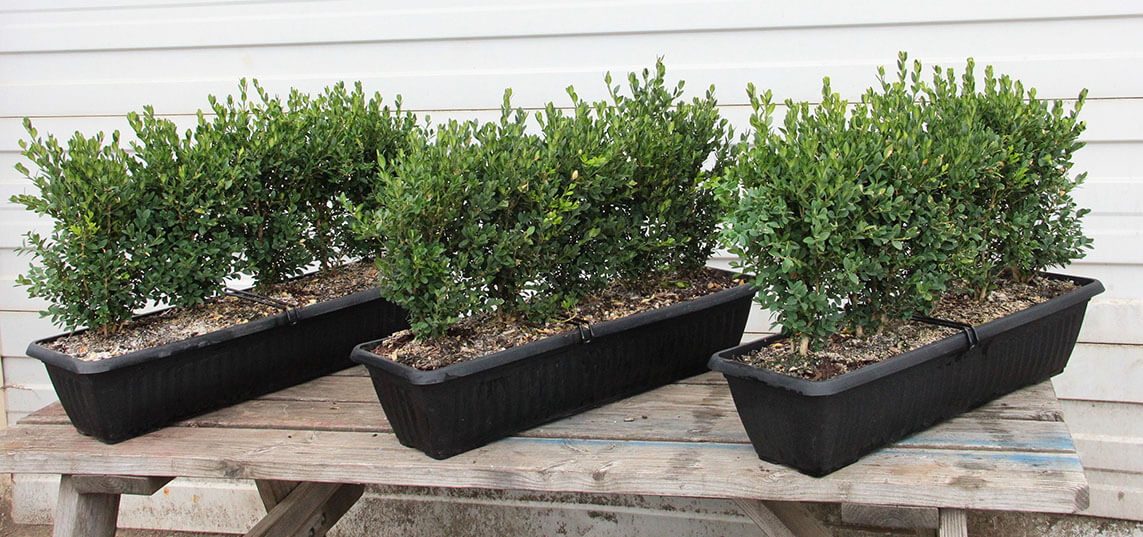
Green Mountain Boxwood (Buxus x ‘Green Mountain’) is a hybrid boxwood hedge that deer avoid at all costs. The leaves are dry and leathery, and there is a faint hint of feline urine in the smell when the foliage is bruised. If a deer had to choose between eating boxwood and starving to death, it would probably choose the latter. One of the best deer resistant shrubs to be considered.
Cherry-Laurels
Deer-Resistant Hedges
Most deer, if not too desperate, will avoid these hedges. Part of it has to do with timing, especially for the deciduous hedges on this list, as the trees are leafless when the deer are the most hungry. Others are just not preferred.
IN SUMMARY
This handy deer-resistance chart compares our most popular hedge varieties based on deer resistance strength and other key features:
| Name | Deer-Resistance | Exposure | Zone | Growth Rate | Evergreen/Deciduous |
|---|---|---|---|---|---|
| Green Mountain Boxwood | Extreme | Sun to Part Shade | 4 | Moderate/Slows | Evergreen |
| Cherry Laurels | Strong | Sun to Part Shade | 6 | Fast | Evergreen |
| Western Red Cedar | Strong | Sun to Part Shade | 5 | Moderate/Slow | Evergreen |
| Green Giant Arborvitaes | Strong | Sun to Part Shade | 6 | Fast | Evergreen |
| Teton Firethorn | Strong | Sun to Part Shade | 6 | Moderate/Slow | Evergreen |
| Arrowwood Viburnum | Good | Sun to Part Shade | 2 | Moderate | Deciduous |
| Bald Cypress | Good | Sun to Part Shade | 5 | Fast | Deciduous |
| European Beech | Good | Sun to Part Shade | 5 | Moderate | Deciduous |
| Flame Amur Maple | Good | Sun to Part Shade | 3 | Fast | Deciduous |
| Wichita Blue Juniper | Good | Sun | 4 | Moderate | Evergreen |
| Royal Star Magnolia | Good | Sun to Part Shade | 5 | Moderate | Deciduous |
| Hicks Yew | Poor | Sun to Shade | 5 | Moderate | Evergreen |
| Emerald Green Arborvitae | Poor | Sun | 2 | Slow | Evergreen |
| American Arborvitae | Poor | Sun | 2 | Fast | Evergreen |
| Cornelian-Cherry | Poor | Sun to Part Shade | 5 | Moderate | Deciduous |
©2019 InstantHedge™
